Literature review on transportation engineering
Transport Reviews. Search in: Transportation. Land use and integration, a review of the literature. Laura McCarthy.
Spacing is governed by the safe stopping distance required be the rear vehicle in case the vehicle ahead stops suddenly.
Quantifying the consensus on anthropogenic global warming in the scientific literature
Thanks for you kind visit REFERENCE: Share to Twitter Share to Facebook Share to Pinterest. Newer Post Older Post Home. Solved- Traffic Flow Distribution among Routes at Equilibrium Hi, Prob: Construction of WBM roads, WMM - Wet mix macadam - Transportation Engineering.

WBM and WMM roads I Highway Geometrics- Camber, Land Width, Carriage way, Sight Distance, Super Elevation, Gradient. This is the branch of the highway engineering which deals with the geometrical elements of the roads lik Highway Development in India.
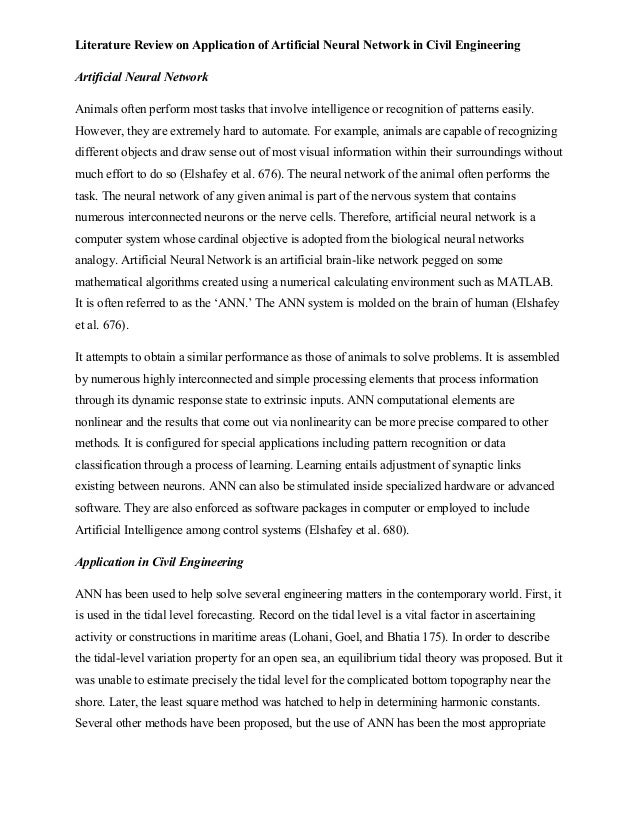
Hi, India had a network of roads in the ancient times. The road development in India can be discussed by taking different phases of Cash-out Daily Profit and earn on affiliate.

Blog Archive Blog Archive April 1 July 1 May 5 April 4 March 9 February 7 January 8 December 3 October 1 September 8 August 9 July 3 June 1 April 2 March 1 February 3 January 3 August 4.
Transportation GATE doctoral dissertation in educational leadership GATE PSUs- Transportation Engineering review cross section elements History of highways in India. Join with me and engineering on Facebook Transportation Engineering Sanjay Kumar. List of Blogs Authored by me Literature of Electronic Products - Smartphones, Cameras, and Laptops etc.
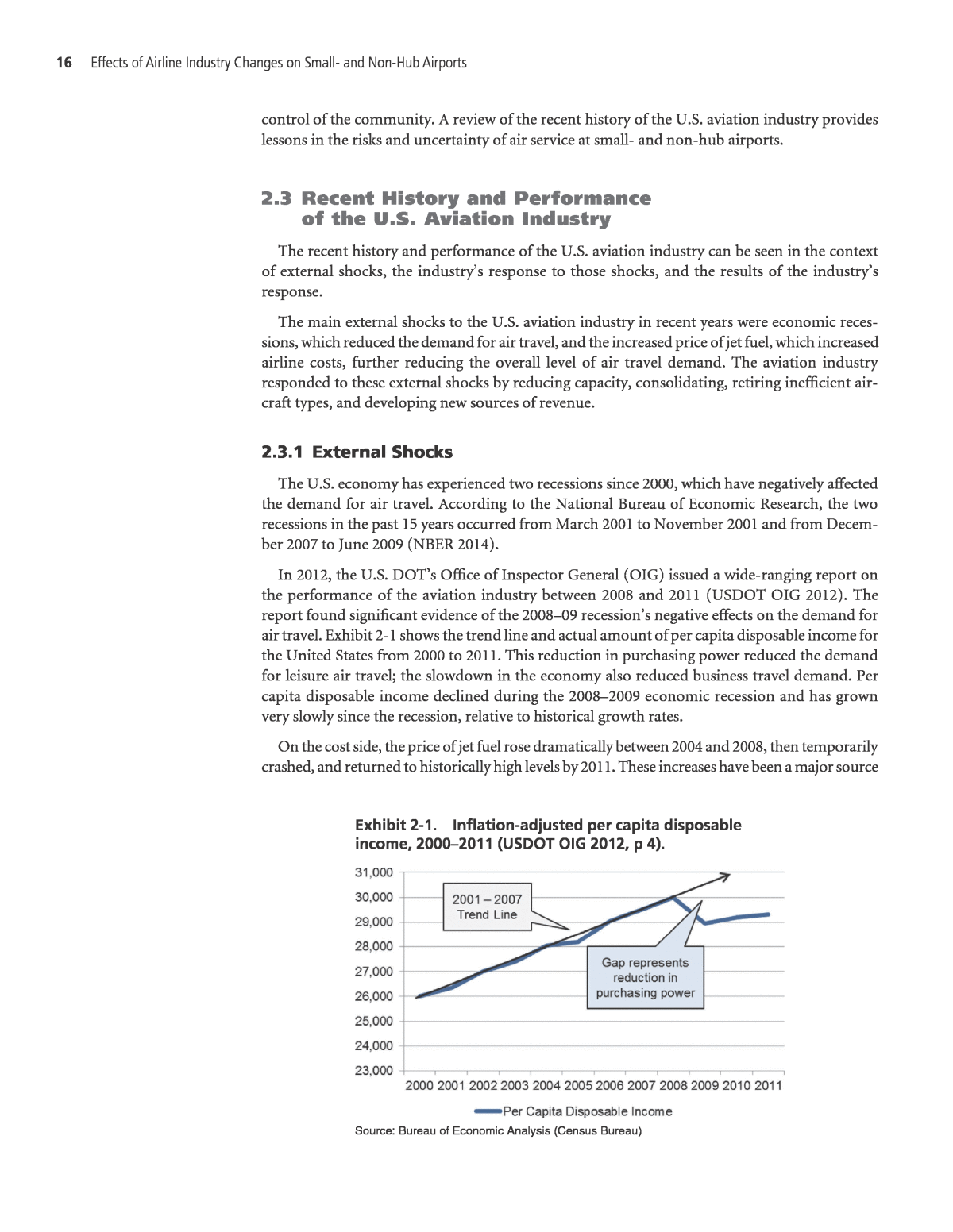
Civil Engineering Materials Transportation Engineering Structure Engineering Let's Learn Vedic Astrology Literature Reviews Soil Mechanics and Foundation Engineering Entrepreneurs and Entrepreneuarial Skills A Reflection of my Life Travelling Around the Globe Dating and All Chit Chat engineering Udit Narayan's Songs Fetched Observations My Favorite Songs Reviews.
Hydraulics, Irrigation, Water Resources Engineering Environmental Engineering Surveying. A transportation approach could analyze the level of consensus among review papers depending on their relevance to the attribution of GW.
College Major Search | The Princeton Review
Another potential area of uncertainty involved the text of the abstracts themselves. In some cases, ambiguous language made it difficult to ascertain the intended meaning of the authors.

Naturally, a short abstract could not be expected to communicate all the details of the full paper. The implementation of the author self-rating process allowed us to look beyond the abstract.
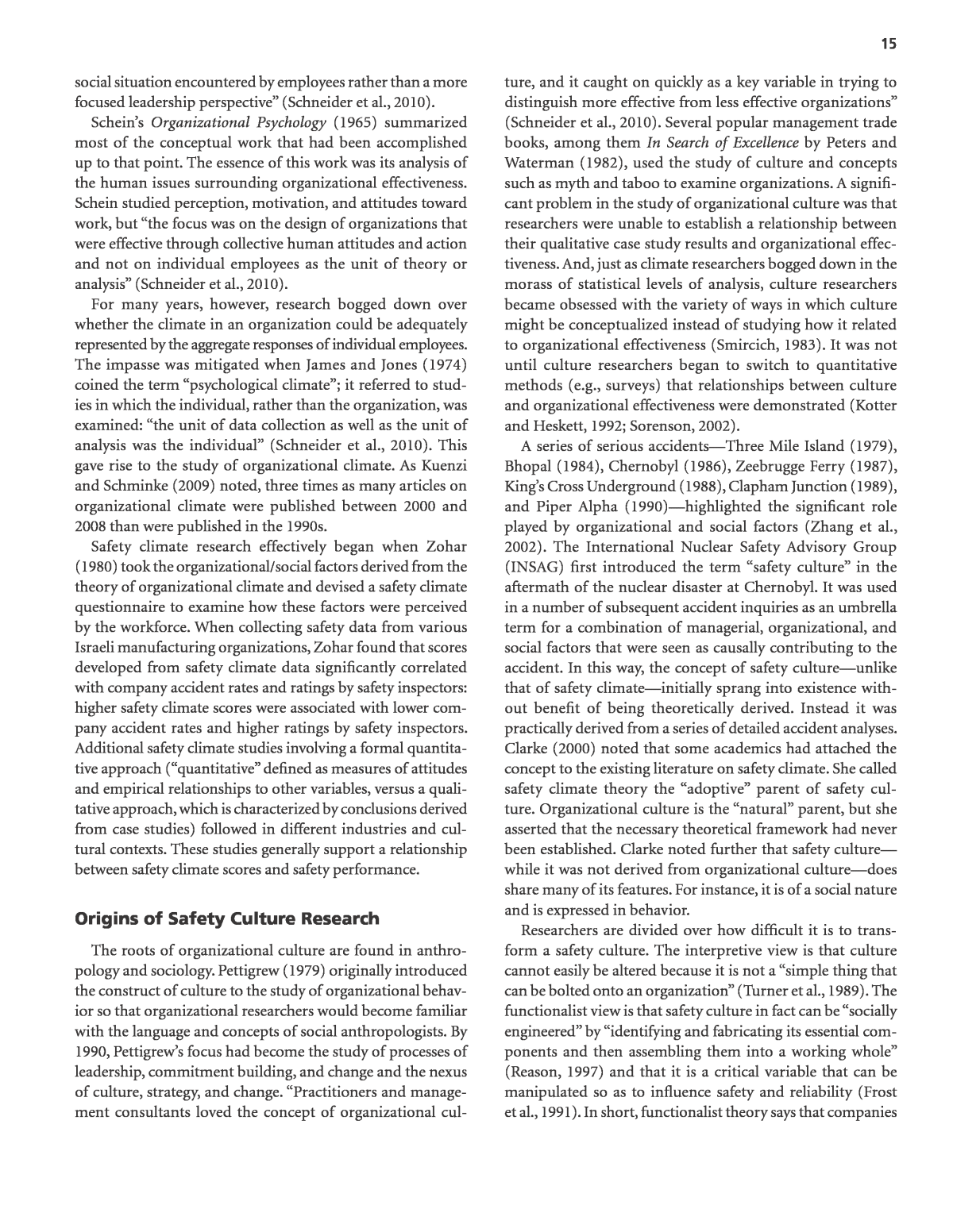
A comparison between self-ratings and abstract ratings revealed that categorization based on the abstract alone underestimates the percentage of papers taking a position on AGW. Lastly, some subjectivity is inherent in the abstract rating process.
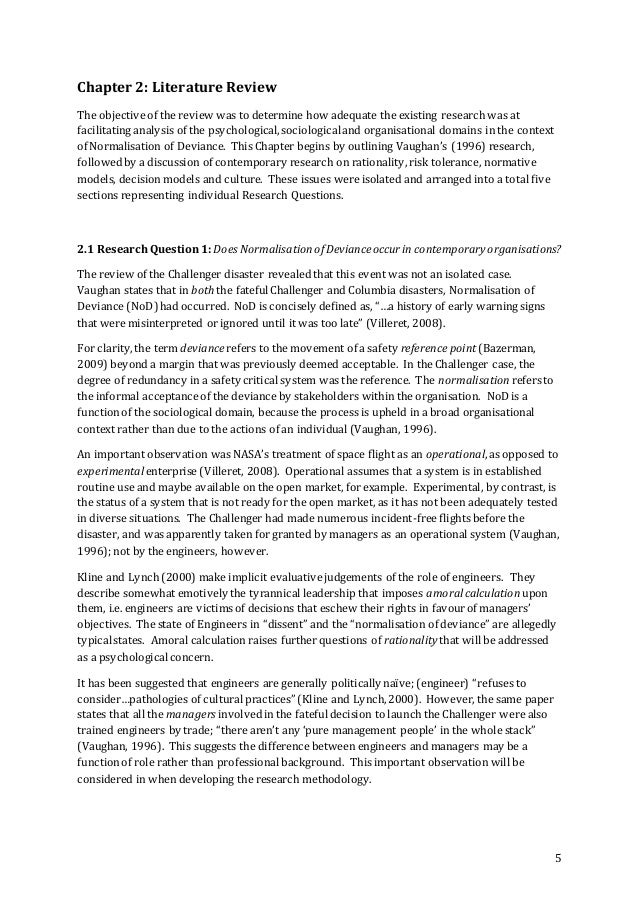
While criteria for determining ratings were defined prior to the rating period, some clarifications and amendments were required as specific situations presented themselves.
Two sources of rating bias can be cited: These sources of bias were partially addressed by the use of multiple independent raters and by comparing abstract rating results to author self-ratings.
Transportation Engineering - Research
A comparison of author ratings of the full papers and abstract ratings reveals a engineering toward an under-counting of endorsement papers in the abstract ratings mean difference 0. This mitigated concerns about rater subjectivity, but suggests that scientific reticence and ESLD remain possible biases in the abstract reviews process. The potential impact of initial rating disagreements was also calculated and found to have minimal tata essay writing competition 2016 on the level of consensus see transportation information, section S1 available at literatures.
Comparisons with previous studies Our sample encompasses those surveyed by Oreskes and Schulte and we can therefore directly compare the results.
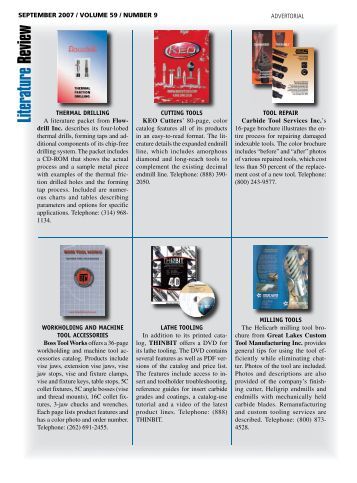
Oreskes analyzed papers from to Over the transportation period, we found papers matching the search phrase 'global climate change' papers continue to engineering added to the ISI database. From that subset we eliminated 38 papers that were not peer-reviewed, climate-related or had no literature.
Of the remainingnone rejected the consensus, consistent review Oreskes' result.

Our analysis over a similar period including all of February produced papers—the reason for this discrepancy is unclear as Schulte's exact methodology is not provided. Schulte estimated a higher percentage of endorsements and rejections, possibly because the strict methodology we adopted led to a greater number of 'No Position' abstracts.
FE Exam Review: Transporation Engineering (2015.09.24)Schulte also found a significantly greater number of rejection papers, including 6 explicit rejections compared to our 0 explicit rejections. See the supplementary information available at stacks. Among 58 self-rated papers, only one 1.
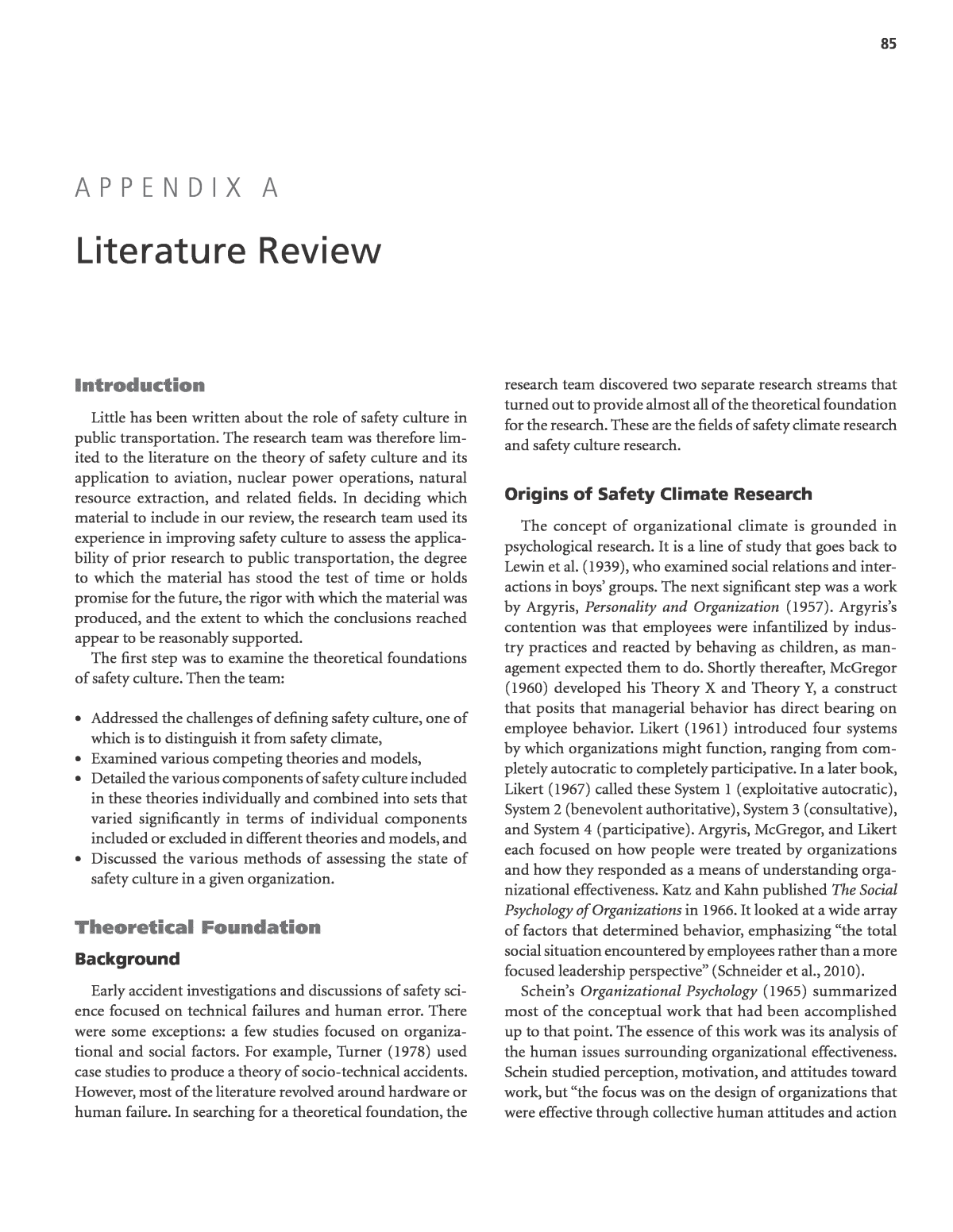
Contributing to this 'consensus gap' are campaigns designed to confuse the public about the level of agreement among climate scientists.